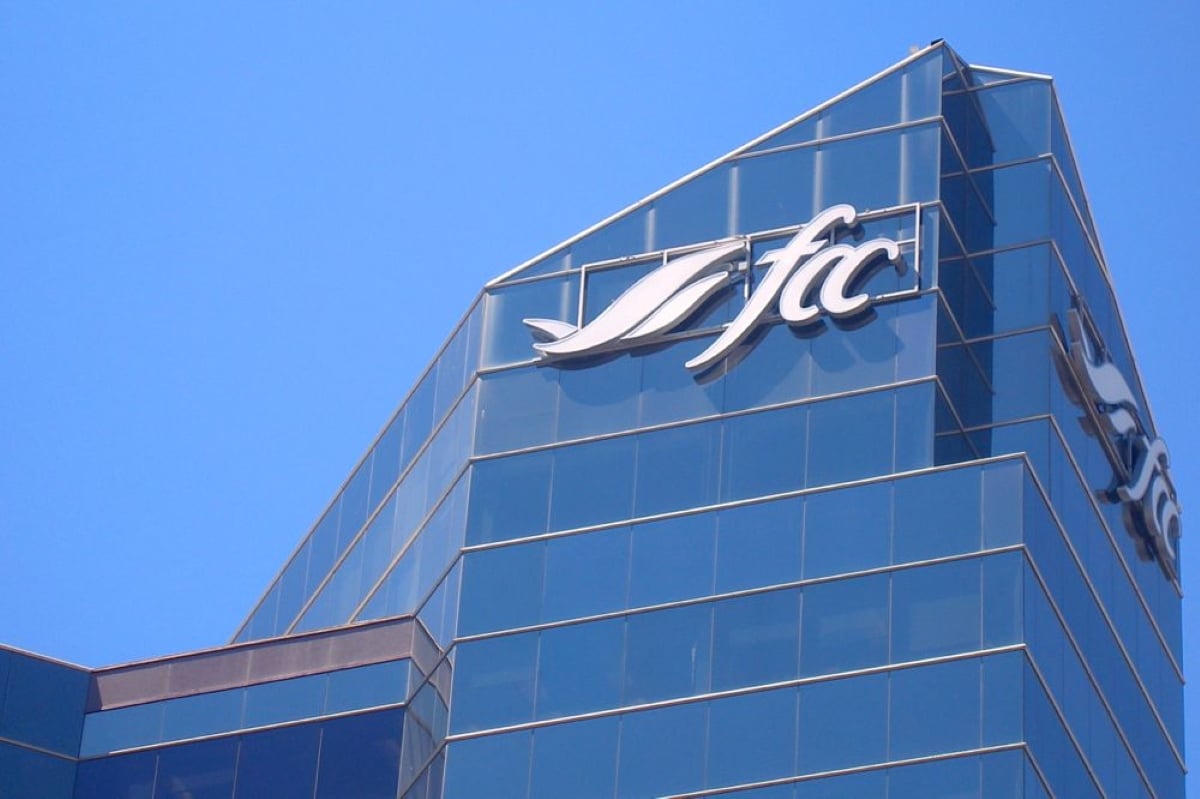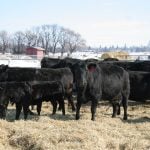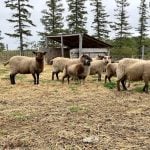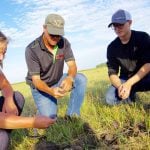When 80 Holstein heifers left Canada March 2 for Barbados, they became the first shipment of breeding cattle to be exported from this country since BSE closed borders to trade in 2003.
The bred heifers came from Shore Holsteins Corp of London, Ont., owned by Hardy and Bill Shore.
The company has exported dairy cattle to Barbados since the mid-1970s.
The cattle are going to their new owner, Charles Williams, who will use them as dairy and breeding stock, said Hardy Shore.
The cattle were expected to be loaded at 3 a.m. in Ontario, which is still shivering through winter ice and snow, and arrive by 8 a.m. the same day in Barbados, where the average temperature is 30 C.
Read Also

Lending policy still focused on primary producers: Farm Credit Canada
Farm Credit Canada said it has not changed its business practices and remains committed to supporting all producers, after a report from an Ottawa-based media outlet claimed otherwise.
It took the buyer and sellers three and a half months to work through red tape in both countries.
“The buyer was very determined and I was determined,” Shore said.
The Shore family had a thriving export business before the trade ban, shipping cattle to 63 countries including about 5,000 head per year to the United States.
“It’s a foot in the door,” said Shore.
When BSE was diagnosed in Canada, the Shores were preparing for an auction offering 1,100 head. Overnight, the value of each of those cattle fell $1,000.
“I lost $1.1 million as soon as the border closed,” he said.
Nine countries and one territory have agreed to resume trade in live animals by following World Animal Health Organization guidelines rather than writing new regulations such as the United States is now doing.
“The openings we are achieving are based on the OIE codes so they are based on science,” said Rick McRonald, executive director of the Canadian Livestock Genetics Association.
The U.S. Department of Agriculture is also following the international guidelines, but its government procedure requires a written rule to change a law banning imports from a BSE positive country.
“Other countries don’t have to change a law to do it; they just write out a health protocol,” he said.
Some countries that are anxious to import live dairy animals, such as Mexico, are blocked until the U.S passes its rule. If they don’t wait, they could lose their trade in feeder calves to the U.S. beef market because their BSE status would be theoretically compromised by accepting Canadian cattle.
Many trading partners were already using embryos and semen, so adding live animals back to the mix offers another option.
For countries such as Barbados and Kazakhstan, which are attempting to rebuild their dairy industries, livestock can start working sooner rather than waiting for transplants to succeed and be born.
The jurisdictions accepting live animals are Russia, Ukraine, Tunisia, Lebanon, Algeria, Barbados, Egypt, Kazakhstan, Cuba and St. Pierre and Miquelon, a French territory off Canada’s East Coast.
Eighty-four countries now accept Canadian beef.















